|
Athenaeum Club
The Athenæum Club was founded by a group of gentlemen who saw the need for an institution that combined the social and intellectual elements but remained free from political bias. The first meeting was held on the 13th October in 1835. The group proposed raising a fund of at least £10,000 with the the purpose of erecting a suitable building, in a central situation. A site was chosen and Sir Charles Barry prepared the designs from which this building was constructed. 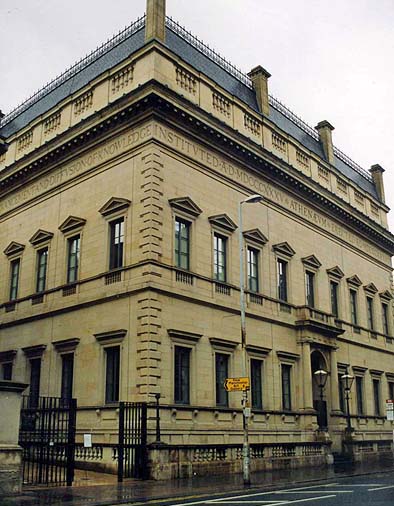 Barry went on to be
the architect, along with Pugin, of the Palace of
Westminster in London. James Heywood laid the
foundation stone in 1837, and the building was
completed and opened on the 28th October, 1839.
The ground floor is raised up over a half basement and is accessed by steps. The building was damaged by fire in 1873 after which the architects Clegg and Knowles added an attic housing a lecture theatre. Pevsners describes it as having a "vaulted and coffered ceiling and attractive plasterwork". The Athenaeum Club was bought by Manchester city council in 1938, and in the years that followed it was used as offices, conservation studios and a store. It has been closed to the public except for one room used as a gallery for temporary exhibitions. Today it is part of the Manchester Art Gallery
having been attached to the adjacent original
gallery by a glass atrium.  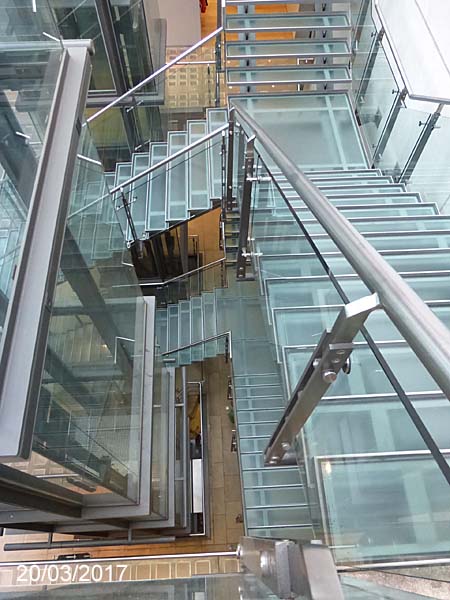 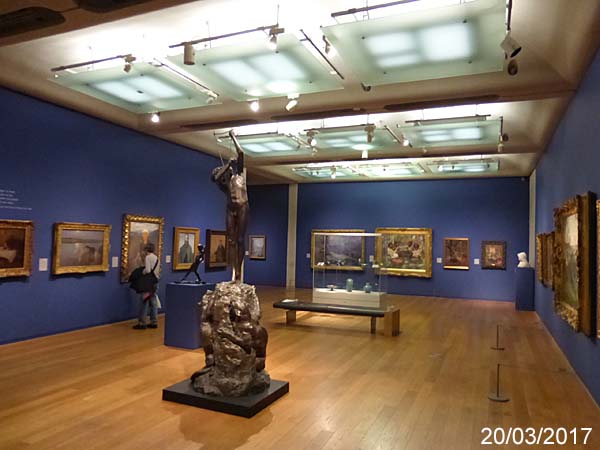 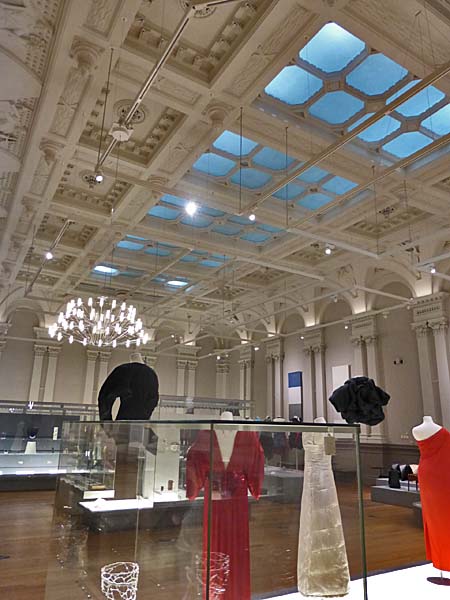 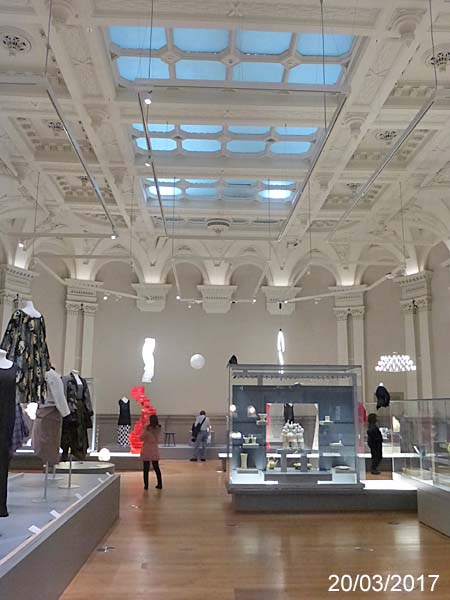 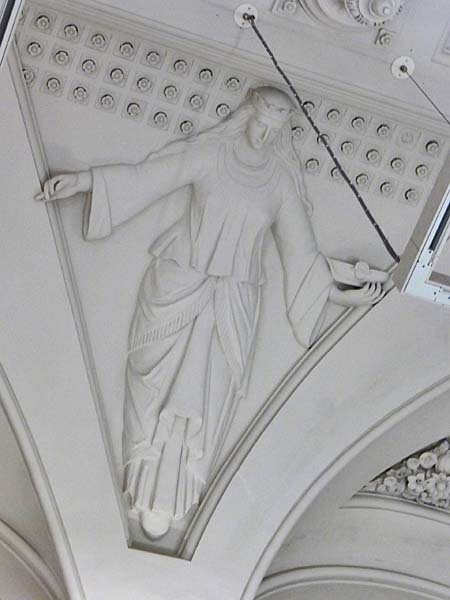 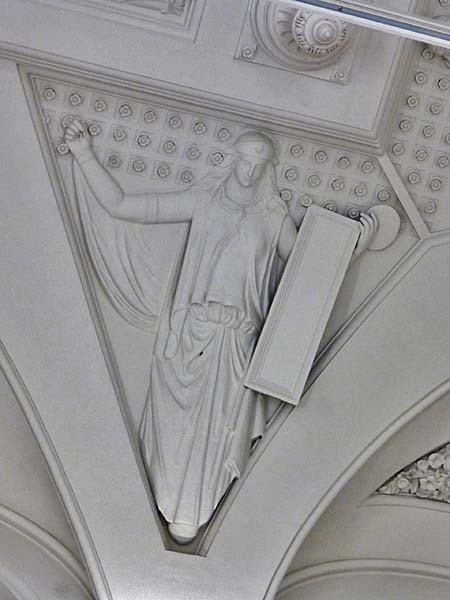 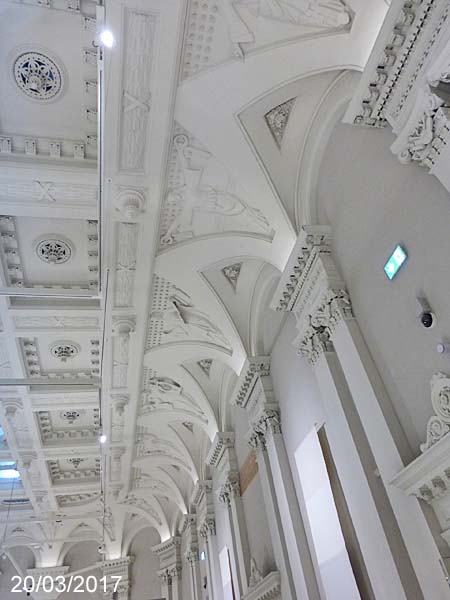 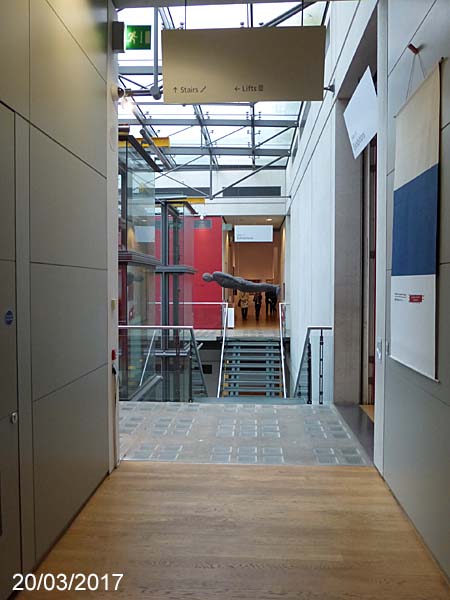 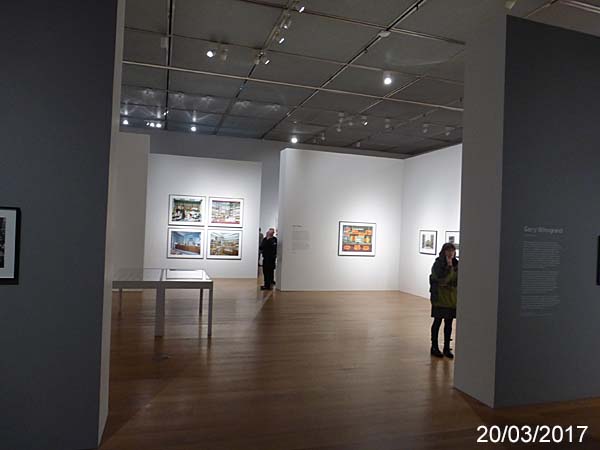 |